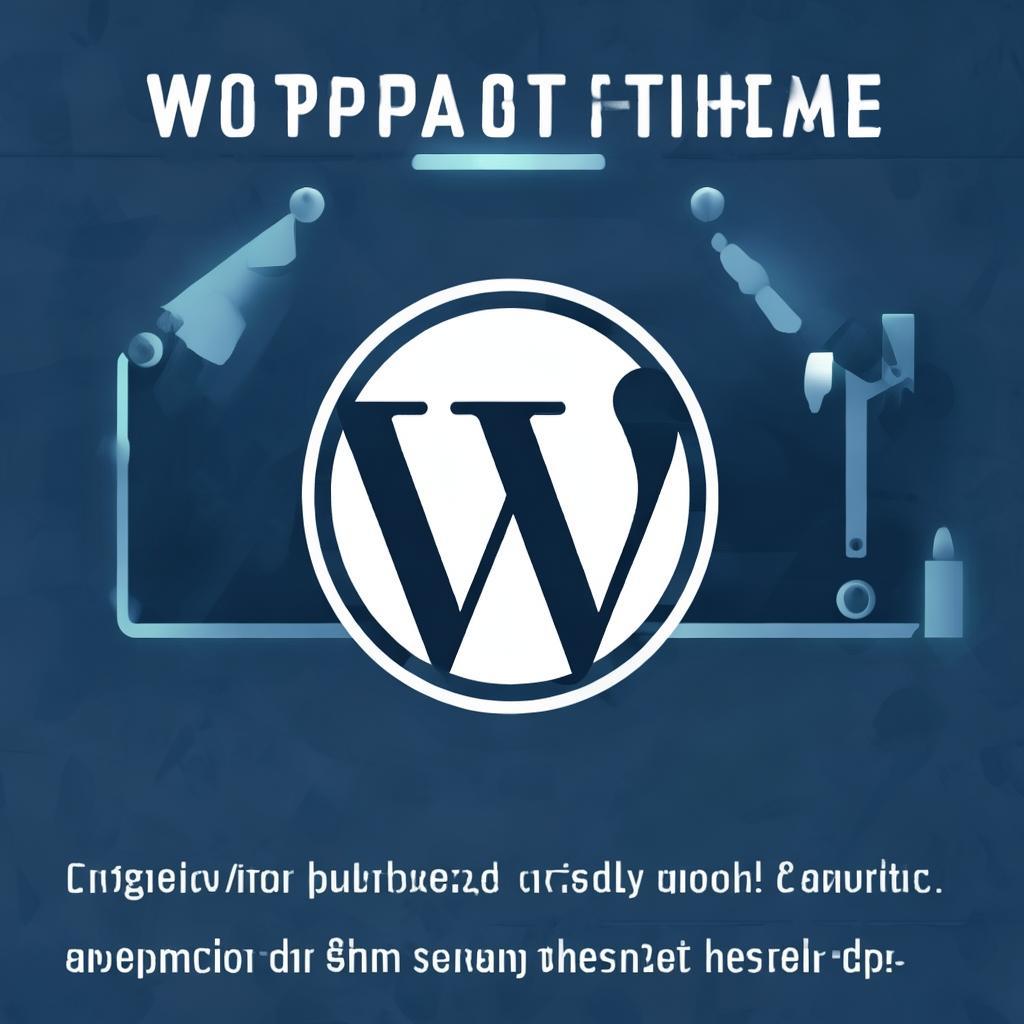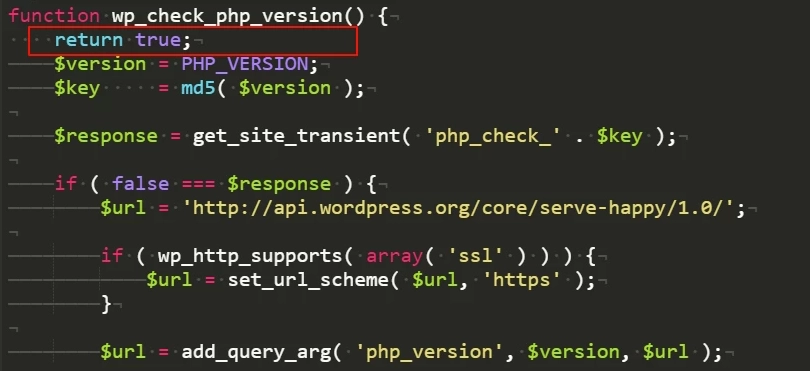本文提供了一份详尽的WordPress主题开发教程,涵盖从基础到高级的各个环节,帮助开发者创建高质量、SEO优化的自定义主题。通过 step-by-step 的指导,确保读者能够掌握WordPress主题开发的精髓。
WordPress作为全球最受欢迎的内容管理系统(CMS),其灵活性和可扩展性使其成为网站开发的首选平台。掌握WordPress主题开发不仅能让你的网站独一无二,还能提升你的开发技能。本文将带你一步步了解WordPress主题开发的各个环节。

1. 准备工作
在开始开发之前,确保你已经具备以下条件:
- 基本的、CSS和PHP知识
- 一个本地或远程的WordPress环境
- 文本编辑器(如VS Code、Sublime Text等)
2. 了解WordPress主题结构
WordPress主题主要由以下文件组成:
- index.php:主题的主模板文件
- style.css:主题的样式文件
- functions.php:主题的功能文件
- header.php、footer.php:头部和尾部模板文件
- single.php、page.php:单篇文章和页面的模板文件
3. 创建基本主题文件
首先,创建一个新文件夹放在WordPress的wp-content/themes目录下,命名为你想要的主题名称。然后,创建以下基本文件:
3.1 style.css
/ Theme Name: My Custom Theme Theme URI: http://example.com/my-custom-theme Author: Your Name Author URI: http://example.com Description: A custom WordPress theme developed by Your Name. Version: 1.0 License: GNU General Public License v2 or later License URI: http://www.gnu.org/licenses/gpl-2.0. Text Domain: my-custom-theme /
3.2 index.php
<?php
get_header();
?>
<div id="primary" class="content-area">
<main id="main" class="site-main">
<?php
if ( have_posts() ) :
while ( have_posts() ) :
the_post();
get_template_part( 'template-parts/content', get_post_format() );
endwhile;
else :
get_template_part( 'template-parts/content', 'none' );
endif;
?>
</main>
</div>
<?php
get_sidebar();
get_footer();
?>
4. 添加功能和样式
4.1 functions.php
在functions.php中,你可以添加各种功能,如注册菜单、添加支持特性等。
<?php
function my_custom_theme_setup() {
add_theme_support( 'title-tag' );
add_theme_support( 'post-thumbnails' );
register_nav_menus( array(
'primary' => esc_html__( 'Primary Menu', 'my-custom-theme' ),
) );
}
add_action( 'after_setup_theme', 'my_custom_theme_setup' );
?>
4.2 style.css
在style.css中,添加你的自定义样式。
body {
font-family: 'Arial', sans-serif;
margin: 0;
padding: 0;
}
.content-area {
width: 80%;
margin: 0 auto;
}
5. 高级功能
一旦掌握了基础,你可以尝试添加更多高级功能,如自定义小工具、短代码、页面模板等。
5.1 自定义小工具
<?php
function my_custom_widgets_init() {
register_sidebar( array(
'name' => esc_html__( 'Sidebar', 'my-custom-theme' ),
'id' => 'sidebar-1',
'description' => esc_html__( 'Add widgets here.', 'my-custom-theme' ),
'before_widget' => '<section id="%1$s" class="widget %2$s">',
'after_widget' => '</section>',
'before_title' => '<h2 class="widget-title">',
'after_title' => '</h2>',
) );
}
add_action( 'widgets_init', 'my_custom_widgets_init' );
?>
6. 测试和优化
在开发过程中,不断测试你的主题,确保其在不同设备和浏览器上的兼容性。使用SEO最佳实践,如合理使用标题标签、优化图片等,以提高网站的搜索引擎排名。
7. 发布和更新
完成开发后,你可以将主题上传到WordPress.org主题目录或通过其他渠道发布。定期更新主题,修复bug并添加新功能,以保持其活力和安全性。
通过以上步骤,你已经掌握了WordPress主题开发的基本技能。不断实践和学习,你将能够创建出更加复杂和功能丰富的主题。
© 版权声明
THE END









暂无评论内容